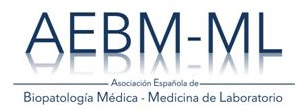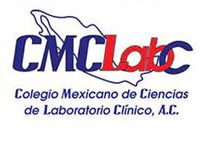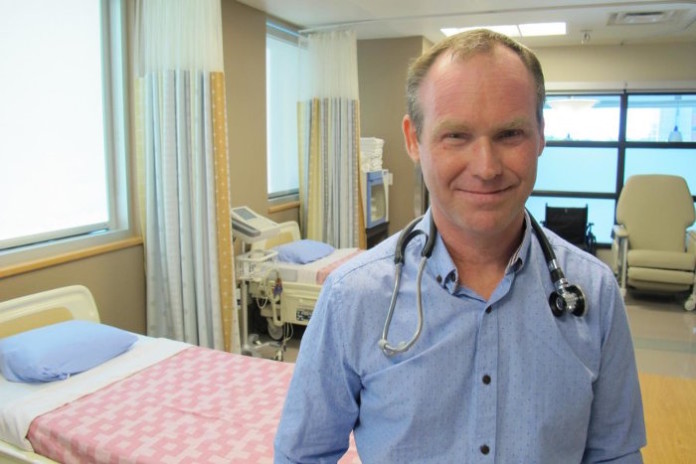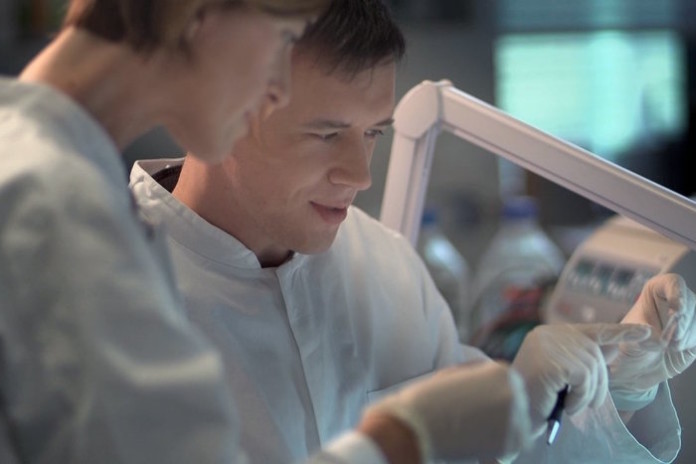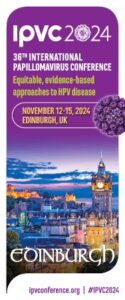Since the intestinal microbiome is an important regulator of gut health and immune function, Grikscheit and her team investigated how surgical treatment of certain pediatric intestinal diseases have a long-term impact on intestinal flora.
Results of the study, published in the journal Surgery, revealed that for inflammatory and ischemic disorders that require prolonged courses of antibiotics, the microbiome of the intestinal lining remained altered even after the medical condition clinically resolved. Intestine in children who had inflammatory and ischemic disorders had less bacterial diversity and different types of bacteria compared to children who needed intestine surgery that required only a few days of antibiotics such as in the case of obstructive conditions. They also found that patients who underwent intestinal diversion, resulting in digested food passing through just part of their intestine, had little change to their intestinal flora when sites above and below the diversion were compared.
“Our study suggests that the disease process and antibiotic treatment could have a far greater impact on intestinal microbial diversity than surgical intervention,” said Minna Wieck, MD, an investigator and surgical resident at CHLA and first author on the study.
The current study differs from previous reports in that intestinal swabs, which provided a direct method of looking at specific areas of the intestinal mucosa, were studied instead of only relying on stool samples. Also, the researchers used a larger sample size — comparing mucosal bacteria from 43 samples by age, breastfeeding status, disease, acuity and other parameters.
“Alterations in the microbiome are linked to many disease states and may also be associated with increasing surgical complications and long term effects in the children we treat,” said Grikscheit. “Now we need to determine if the disease process or the extended antibiotic regimen is responsible for the changes we identified so that we can effectively care for the medical condition while minimizing any unintended, and potentially, far-reaching effects.”
Source: ScienceDaily






